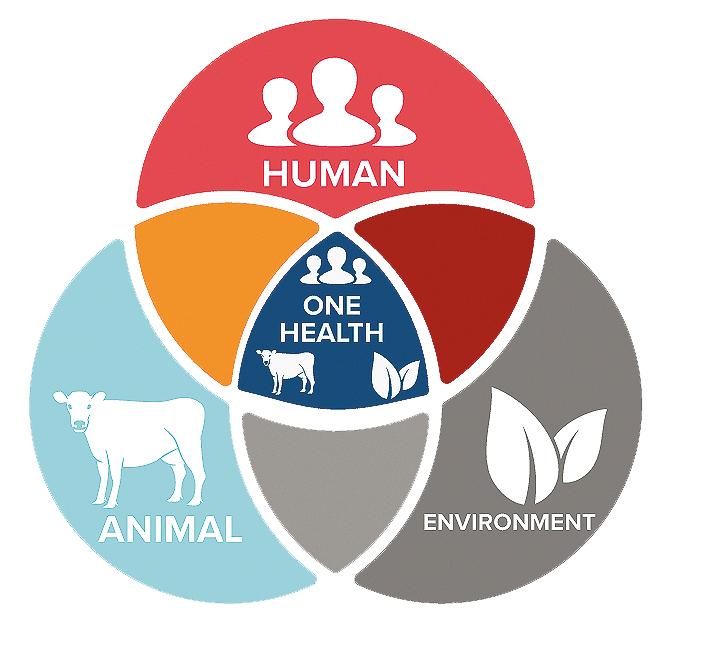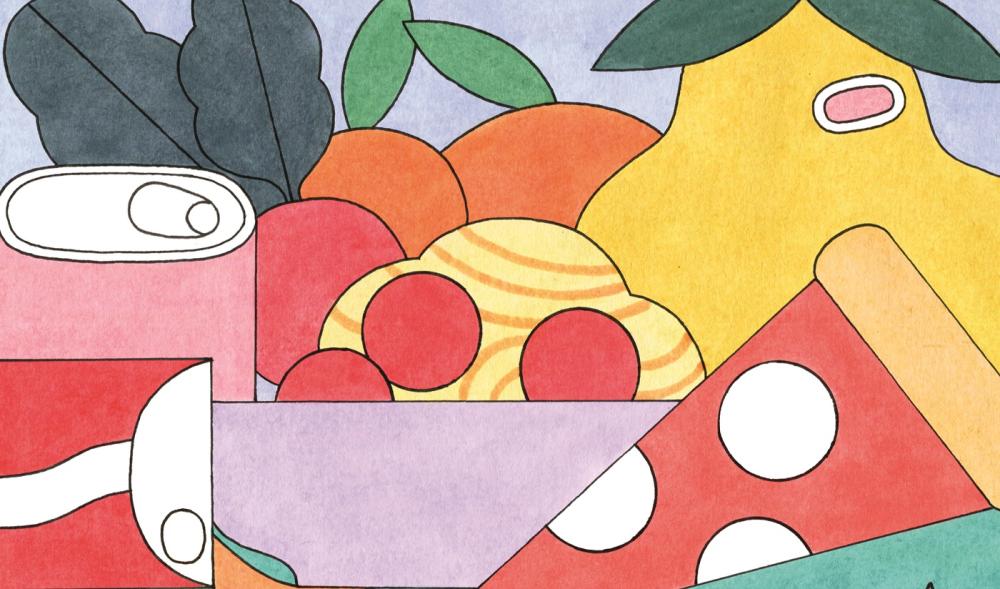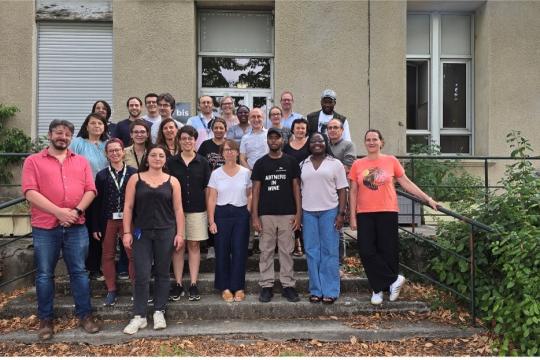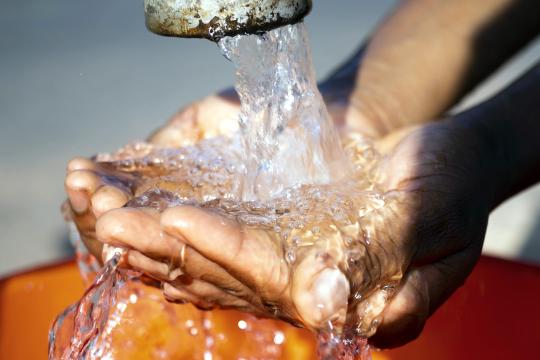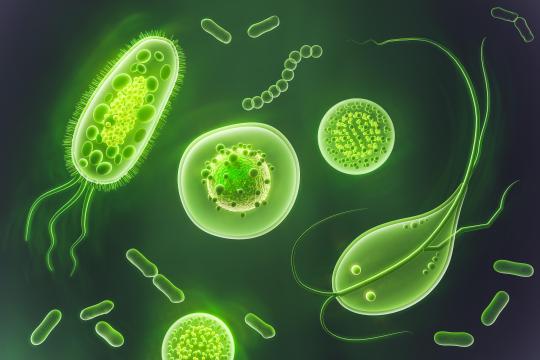Food, Global Health
Food at the heart of our health
Our health is strongly tied to the health of plants, animals, and the environment
There are many relationships between food, the environment, and human health. To better understand them, we study food consumption patterns and dietary patterns, which are controlled by multiple other factors that are physiological, psychological, economic, and cultural in nature. We also explore how our health is affected by the characteristics of the food we eat. These characteristics depend on how crops and livestock are farmed, which influences the nutritional composition and healthfulness of the resulting food products. They also depend on transformation and storage methods, which can affect food quality (e.g., nutritional quality, presence of additives and/or contaminants). In tandem, food production and transformation processes can result in the release of toxic substances into the soil, air, and water, which can also impact our health. It is therefore important to take a broader view of health, given that the health of humans is strongly tied to the health of plants, animals, and the environment as well as pollution levels in the soil, air, and water. When we talk about "one global health," this is what we mean.
This diversity of mechanisms means that there are a diversity of stakeholders involved (crop farmers, livestock farmers, manufacturers, distributors, and consumers), who each make market-based decisions that are also influenced by different types of public policies (e.g., related to agriculture, food, health, and the environment). It is thus crucial to improve our understanding of each of these mechanisms, as well as to adopt a more integrated perspective, if we wish to arrive at innovative solutions, inform public policies, guide future dietary transitions, and manage health in a more global way.
Key results
INRAE 2030
Promoting a global approach to health

This is the 4th scientific priority of the INRAE 2030 strategic plan. Our goals are to study:
- emerging and re-emerging infectious diseases that move within and among environments, agricultural systems and food production systems
- pollution, contaminants, and the exposome
- preventive nutrition for improved human and environmental health
OUR FIELDS OF RESEARCH
Our research explores diets from early childhood to adolescence and adulthood, eating behaviour, the gut microbiota, links between diet and chronic diseases, toxicology, and new food development. With regard to animal health, we study zoonoses that are passed from animals to humans, such as the flu, as well as prion and infectious diseases.
> Read reports and emblematic cases from our research in these areas. New issues will regularly be posted for this topic.
Focus
PREZODE, an international initiative to prevent future pandemics
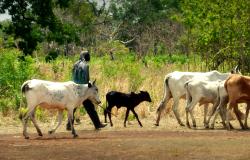
PREZODE stands for PREventing ZOonotic Disease Emergence. Its ambition is to prevent future pandemics with research on animal, human and environmental health. Launched at the One planet Summit in January 2021, at the initiative of INRAE, IRD and CIRAD, now supported by nearly 170 partners, including 15 governments, PREZODE is placing research on animal, human and environmental health at the heart of the global efforts needed to better understand, prevent, monitor, and detect early zoonotic pandemic risks.


